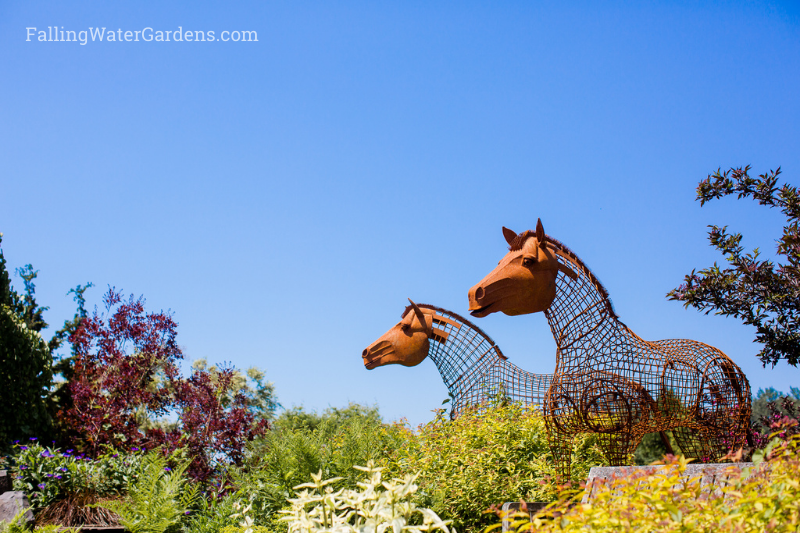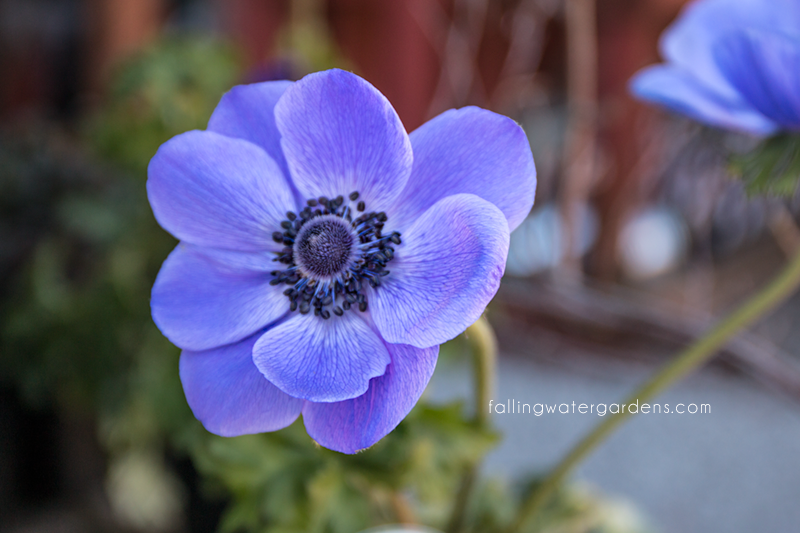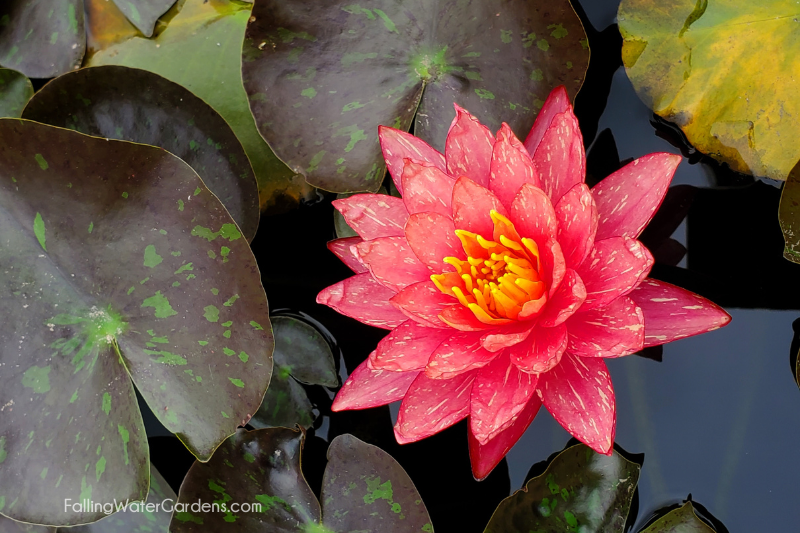How-To
Planning a Vegetable Garden
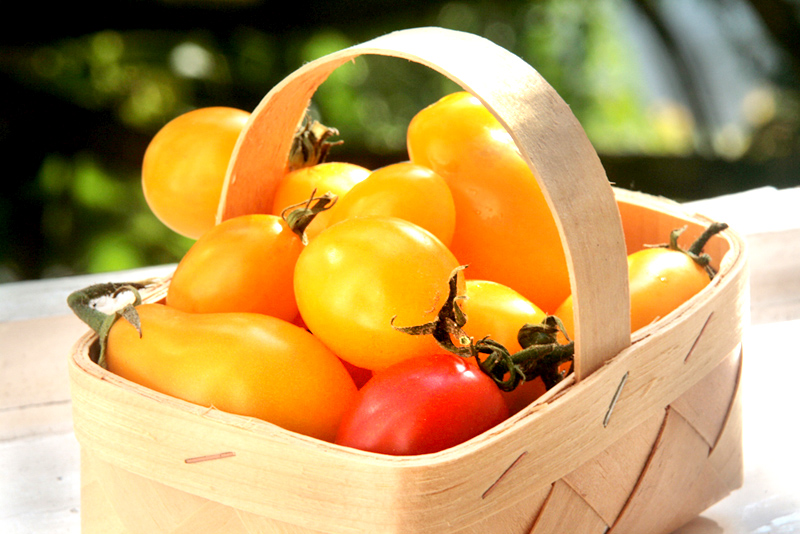 More and more people are realizing the value in getting produce locally. It can’t get any more local than your backyard! Nothing tastes better than vegetables picked fresh from your own garden. There’s a certain satisfaction to serving and eating food that you yourself have grown and harvested. Although they typically demand a good bit of space, vegetables can even be grown in window boxes. Everyone, then, can experience the many joys of the kitchen garden.
More and more people are realizing the value in getting produce locally. It can’t get any more local than your backyard! Nothing tastes better than vegetables picked fresh from your own garden. There’s a certain satisfaction to serving and eating food that you yourself have grown and harvested. Although they typically demand a good bit of space, vegetables can even be grown in window boxes. Everyone, then, can experience the many joys of the kitchen garden.
Advance planning is a must as there are many factors that can affect the success and manageability of your vegetable garden as well as your enjoyment of it.
The traditional method of vegetable garden design was to plant long, orderly rows. Most home gardeners now opt for planting in beds rather than rows. This method allows you to concentrate your compost on the area where the plants are growing rather than wasting it on the paths between the rows. Walking between the rows also ruins the soil structure, so beds are really a better way to go. The beds do need to be small enough so that you can easily reach in to weed and harvest all the plants without stepping on the bed itself. Also, if you raise your beds about 8 to 12 inches, you will have improved drainage and the soil will stay warmer in colder weather, such as early spring.
Another popular style is potager, which mixes flowers in together with herbs and vegetables in an ornamental fashion so that the garden is both functional and ascetically pleasing. Many vegetables also thrive in containers, so you don’t even need a garden in order to get those garden-fresh veggies.
Location is another consideration when planning your garden. Many people tend to want to hide the vegetable garden away in a dark corner and save spotlight for the flowers. Vegetable gardens, however, need sunny, open spaces in order to thrive, so you won’t reap a bounty if you are not willing to devote some real estate. Also, think about location when planting. You can economize space by planting vegetables next to each other that mature at different times. This way, you have already harvested one when it’s neighbor is becoming mature, so both have plenty of space and sun when they need it most.
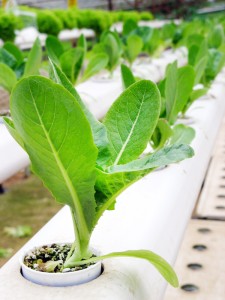 Planting your vegetable garden
Planting your vegetable garden
Putting some extra effort into preparing your beds before planting will save you a lot of time and effort in the future. Dig the bed up to break up compacted soil (this will help with drainage) and removing rocks and weeds as you go. Try to pull out as much of the weed roots as possible so that they will not come back to haunt you later. This is also a good time to amend your soil.
Companion Plants in the Vegetable Garden
There are some plants that, when planted close together, will benefit each other. Likewise, there are certain combinations of plants that will inhibit the growth of one or both types of plants. Here are a few combinations to avoid:
• Potatoes – inhibit growth of tomatoes and squash
• Beans – inhibit growth of onions
• Broccoli – inhibits growth of tomatoes
• Carrots – inhibit growth of dill
This isn’t to say that you can’t grow these plants together in the same garden, just don’t grow them right next to each other.
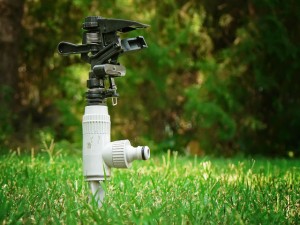 Watering
Watering
Vegetables need a bit of extra care when it comes to watering. Consistent watering will produce successful results. If you have a large garden, you may want to consider a soaker hose. This will ensure that your plants get an even watering without getting the leaves wet and all you have to do is remember to turn on the hose.
Rotating Crops
Assuming that you plan to grow vegetables more than one year, it is important that you rotate your crops. Crop rotation prevents building diseases up in the soil and preserves micro-nutrients. Rotating is not very difficult, but does take a little advance planning as well as a basic knowledge of the vegetable families. Vegetables are broken down into basic family groups. These groups should be rotated together as they use soil in similar ways and share similar pests.
• Alliums
Include Onions, Garlic, Scallions, Shallots, and Leeks.
• Brassicas
Include Broccoli, Cauliflower, Cabbage, Brussels Sprouts, and Kale.
• Crucifers
Include Turnips, Radishes, Rutabaga, and Collards.
• Cucurbits
Include Cucumbers, Squashes (from zucchini to pumpkin), and Melons.
• Legumes
Include Peas and Beans.
• Mescluns
Include Arugula, Swiss Chard, Chicory, Endive, Escarole, and Radiccio.
• Solanaceae
Include Tomatoes, Peppers, and Eggplant.
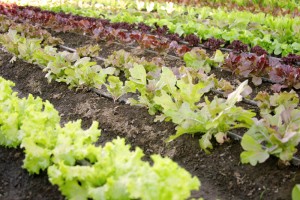 Perennial vegetables such as Asparagus, Rhubarb and Artichokes should not be rotated and therefore should be planted separately. The rest (most vegetables are hardy or semi-hardy annuals) should be rotated every year on a four year plan (so that the same family of vegetables is not planted in the same location within four years). This is easy to accommodate if you have planted four beds for your rotating plants and one bed for your non-rotating perennials. See where that advanced planning starts to come in handy?
Perennial vegetables such as Asparagus, Rhubarb and Artichokes should not be rotated and therefore should be planted separately. The rest (most vegetables are hardy or semi-hardy annuals) should be rotated every year on a four year plan (so that the same family of vegetables is not planted in the same location within four years). This is easy to accommodate if you have planted four beds for your rotating plants and one bed for your non-rotating perennials. See where that advanced planning starts to come in handy?
Timing
How many times have you had a co-worker or friend arrive at your home or office with bags full of zucchini or cucumbers? If you plant all your vegetables at the same time, everything will come to maturity at the same time. The solution is to continually plant small amounts of short-season vegetables throughout the growing season. That way, you can enjoy your vegetables all summer long and not be inundated by them all at once.
Nothing, however, will save you from the dreaded onslaught of zucchini; I just don’t plant it and that way I’m happy for the occasional gift. If they start to bomb you with bags of it, drop ’em off the Christmas card list and shun ’em. Nothing like a good old fashioned shunning to get those zucchini pushers in line…
Vegetable Container Gardens
Vegetables that thrive when planted in containers include: tomatoes, eggplants, peppers, carrots, chard, lettuce, beans, peas, and cucumbers. For information on how to get started, visit our article about container gardening.
Ornamental Vegetables
Who says that vegetables gardens are homely? There are many vegetables that, in addition to tasting good, are also very attractive. These include: sweet peas, French (green) beans, runner beans, endive, kale, red cabbage, and ruby chard.
Integrating Vegetables
into your Ornamental Beds
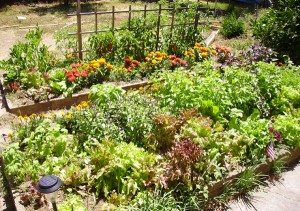 If limits on your garden space or time challenge you to decide between your ornamental landscape and a vegetable garden, it may be time for you to look at both areas from a new perspective. One of the reasons to grow a vegetable garden is because the plants are so attractive. The crisp, bright green of new lettuce is a highlight in the spring. The rich, dark green of the summer tomato foliage sets off the red fruit that provides not only culinary rewards but also significant visual ones. The sunniest spot in the landscape that has been filled with a bed of marigolds and a patch of grass may be the handiest to the kitchen or right on the way from the car to the house. A great place for a garden, you’ve thought more than once, but who wants those straight rows in front of the house?
If limits on your garden space or time challenge you to decide between your ornamental landscape and a vegetable garden, it may be time for you to look at both areas from a new perspective. One of the reasons to grow a vegetable garden is because the plants are so attractive. The crisp, bright green of new lettuce is a highlight in the spring. The rich, dark green of the summer tomato foliage sets off the red fruit that provides not only culinary rewards but also significant visual ones. The sunniest spot in the landscape that has been filled with a bed of marigolds and a patch of grass may be the handiest to the kitchen or right on the way from the car to the house. A great place for a garden, you’ve thought more than once, but who wants those straight rows in front of the house?
Create a new image of a garden, and integrate your fruits and vegetables into your flower beds to make the most attractive and productive use of your space. The concept of an edible landscape is not difficult to master, but it requires some relearning of how to design and care for both the ornamentals and the edibles.
Principles of Edible Landscaping
• Food crops give their best yield with 8 to 10 hours of full sun a day. If you must plant vegetables in partial shade, stick to fast-growing, cool-season crops, such as lettuce and spinach.
• Always use pesticides specifically labeled for food crops on or around any of your edibles. If you are spraying an ornamental plant in the same bed, it is too easy for drift or misdirected spray to contaminate your edibles.
• Plan for replacement plants as the season progresses and the spring vegetables are removed from the beds. You may rotate to other vegetables or to flowers for the remainder of the season, but an empty spot is more noticeable in a mixed planting than in a traditional garden plot.
• If you plan to include permanent edibles, such as fruit trees, be sure that their maintenance will be compatible with their location. Rotten apples dropping on the driveway is not a landscape asset.
• Start with just a few vegetable crops, and learn to integrate them into your landscape; then build a plan that gradually adds others in an effective, attractive, and easily maintained fashion.
Vegetable gardening can be great fun and it is truly rewarding to enjoy delicious food from your own garden. With these basics tips, you are well on your way. Enjoy!
Please note that we’ve updated our newsletter format. You may navigate through this newsletter by clicking on the page numbers below.

